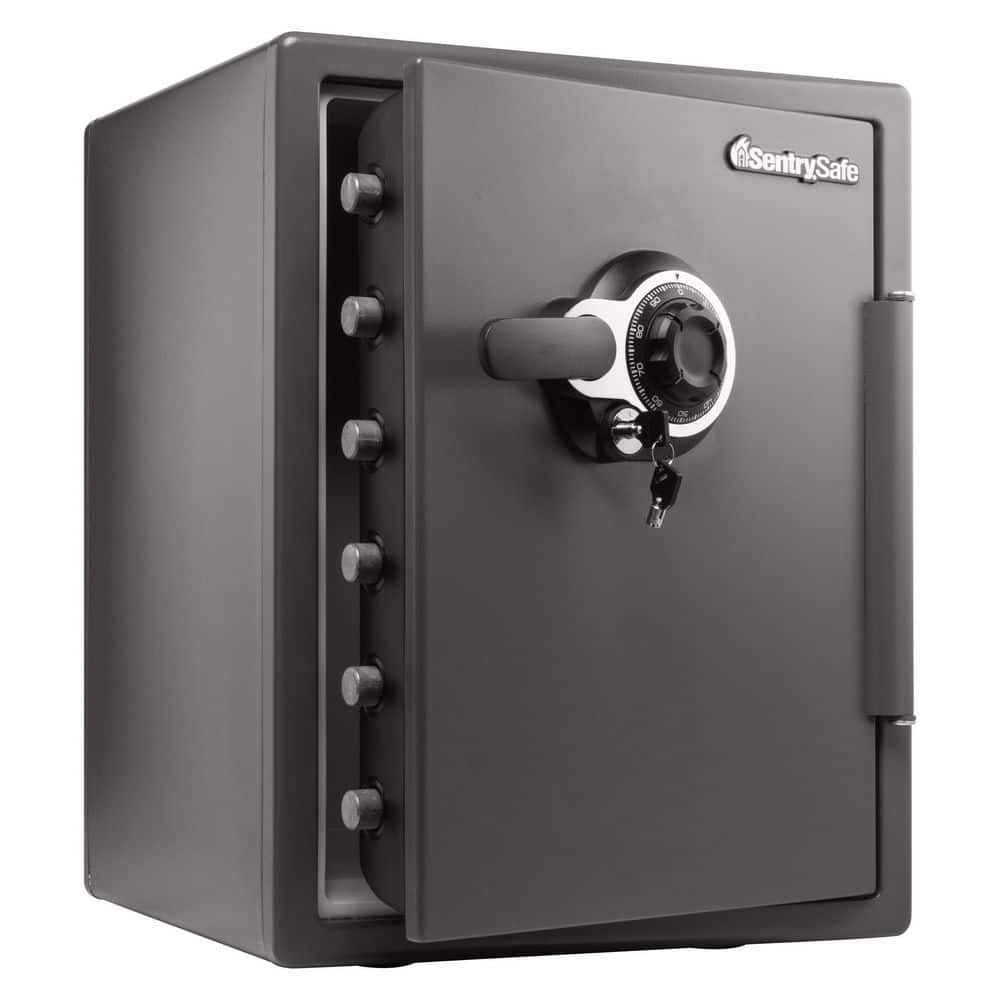
Let's face it, we all love free Wi-Fi. Whether you're catching up on emails at your favorite coffee shop, streaming a movie at the airport, or just trying to avoid using up your data plan, public Wi-Fi networks can be a lifesaver. But before you jump online, it's crucial to understand that these networks aren't always as secure as your home internet. In fact, using them without taking precautions can leave you vulnerable to hackers and data breaches. So, let's dive into how to stay safe while enjoying that sweet, sweet free Wi-Fi.
Why Safe Practices for Using Public Wi-Fi Matters in 2025
In 2025, the landscape of online threats continues to evolve, making safe practices for using public Wi-Fi more critical than ever. We rely on mobile devices for everything from banking to social media, and unsecured public networks become prime targets for cybercriminals looking to intercept personal information. The convenience of checking your bank balance while waiting for your flight is tempting, but without the right protections, you could be unintentionally handing your credentials over to someone with malicious intent. Identity theft, financial fraud, and malware infections are just a few of the risks you face when you neglect safe practices on public Wi-Fi. The increasing sophistication of hacking techniques demands that we stay vigilant and proactive about our online security.
Common Challenges Around Safe Practices for Using Public Wi-Fi
One of the biggest challenges is simply awareness. Many people don't realize how easily their data can be compromised on an unsecured network. We often assume that because a network requires a password (even a simple one), it's inherently safe. This isn't always the case. Another challenge is the temptation to prioritize convenience over security. We're often in a rush, eager to connect and get things done, so we bypass security measures to save time. "Man-in-the-middle" attacks, where hackers intercept communication between your device and the website you're visiting, are also a significant concern. These attacks can be difficult to detect, even for experienced users. Finally, fake Wi-Fi hotspots, designed to mimic legitimate networks, pose a significant threat. These "evil twin" networks lure unsuspecting users into connecting, allowing hackers to steal their data.
Practical Tips About Safe Practices for Using Public Wi-Fi
Here are some actionable steps you can take to protect yourself while using public Wi-Fi: Use a VPN (Virtual Private Network): A VPN encrypts your internet traffic, making it unreadable to hackers. Think of it as a secure tunnel that shields your data as it travels across the public network. I personally use a VPN on my phone and laptop whenever I'm using public Wi-Fi, and it gives me peace of mind. Enable HTTPS: Ensure that the websites you visit use HTTPS (Hypertext Transfer Protocol Secure). Look for the padlock icon in the address bar, which indicates that your connection is encrypted. Most reputable websites automatically redirect to HTTPS, but it's always a good idea to double-check. Turn off File Sharing: Disable file sharing and network discovery settings on your device. This prevents others on the network from accessing your files or connecting to your device. Use Two-Factor Authentication (2FA): Whenever possible, enable 2FA on your accounts. This adds an extra layer of security, requiring a code from your phone or another device in addition to your password. Keep Your Software Updated: Make sure your operating system, browser, and apps are up to date with the latest security patches. These updates often address vulnerabilities that hackers can exploit. Be Wary of Suspicious Networks: Avoid connecting to networks with generic names or those that don't require a password. Double-check with a staff member if you're unsure about the legitimacy of a network.
How to Avoid Mistakes Related to Safe Practices for Using Public Wi-Fi
One of the biggest mistakes I see people make is assuming that familiar networks are automatically safe. Just because you've connected to a network before doesn't mean it's secure now. Always be vigilant and follow the safe practices outlined above. Another common mistake is using the same password for multiple accounts. If a hacker compromises one of your accounts, they can use that password to access other accounts as well. Use a password manager to create and store strong, unique passwords for each of your online accounts. Avoid performing sensitive transactions, such as online banking or shopping, on public Wi-Fi unless you are using a VPN.
Daily Habits That Help with Safe Practices for Using Public Wi-Fi
Making these practices part of your daily routine is key. Get into the habit of automatically turning on your VPN whenever you connect to public Wi-Fi. Regularly review your account activity and look for any suspicious transactions. Be mindful of the information you share online and adjust your privacy settings accordingly. Educate yourself about the latest cybersecurity threats and stay informed about best practices for online safety.
Teaching Others About Safe Practices for Using Public Wi-Fi
Sharing this knowledge with friends, family, and colleagues is crucial. Many people are simply unaware of the risks associated with using public Wi-Fi. Explain the importance of using a VPN, enabling HTTPS, and practicing good password hygiene. Help them set up these security measures on their devices and answer any questions they may have. By spreading awareness, we can collectively create a safer online environment.
Final Thoughts on Safe Practices for Using Public Wi-Fi
Safe practices for using public Wi-Fi are essential for protecting your personal information and preventing cyberattacks. While the convenience of free Wi-Fi is undeniable, it's important to prioritize security. By following the tips outlined above, you can enjoy the benefits of public Wi-Fi without putting yourself at risk. Remember, staying vigilant and informed is the best defense against online threats.
